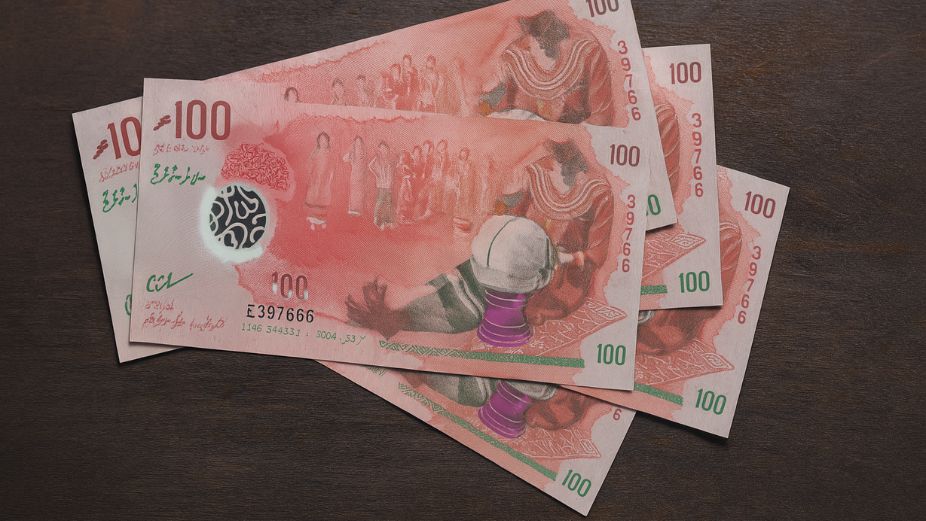
The latest Economic Update by the Maldives Monetary Authority (MMA) shows signs of persistent pressure on public finances, as debt levels remain high and spending patterns reflect a shift towards recurrent obligations. Meanwhile, monetary indicators point to expanding liquidity in the system, with commercial banks increasing lending to households and businesses.
According to the report, total government debt stood at MVR 125.3 billion at the end of Q1 2025, a 1 percent increase from the previous quarter. Despite this nominal rise, debt as a share of GDP declined to 104 percent, compared to 114 percent in Q4 2024. This change reflects both GDP growth and changes in debt management strategies. The increase in total debt was driven mainly by domestic borrowing.
Government revenue, excluding grants, fell by MVR 90 million in December 2024 compared to the same month the previous year. This was largely due to a significant decline in non-tax revenue, which dropped by MVR 322.1 million. Tax revenue, however, rose by MVR 252.6 million. On the expenditure side, recurrent spending increased by MVR 814.3 million, while capital expenditure declined by MVR 778.2 million. This continued the trend of underinvestment in long-term infrastructure projects.
In monetary developments, reserve money (M0) contracted by 1 percent at the end of June 2025. This followed a 3 percent decline in May and was largely driven by a reduction in net foreign assets. The decline in foreign assets was mainly due to an increase in foreign liabilities, including the US$400 million currency swap agreement with the Reserve Bank of India secured in late 2024. At the same time, net domestic assets increased, supported by rising claims on other depository institutions.
In contrast, broad money (M2) expanded by 11 percent year-on-year at the end of June, accelerating from the 10 percent growth recorded in May. This expansion was supported by an increase in local currency deposits, time and savings deposits in both local and foreign currency, and an increase in currency circulating outside the banking system. On the sources side, the growth was primarily due to a rise in net domestic assets, including increased credit to the private sector and higher net claims on the central government by commercial banks.
Credit to the private sector grew by 6 percent annually in June, up from 5 percent the previous month. Personal loans saw the most significant increase, registering a 24 percent year-on-year growth. Credit to the tourism sector, although still holding the largest share of total bank credit, grew marginally. Most of the tourism credit was directed towards renovation of existing resorts and guesthouses rather than new developments.
Together, the data presents a mixed outlook. While liquidity continues to grow and credit flows remain strong, fiscal dynamics are under strain. The disproportionate rise in recurrent expenditure compared to falling capital investment raises concerns about long-term public sector efficiency. Additionally, the expansion of broad money in the context of falling reserve money may create challenges for price stability if not managed prudently.













